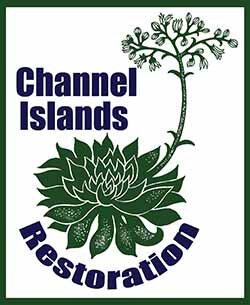Channel Island Hazardia (Hazardia circinata) is a plant species endemic to the Channel Islands off the coast of California. It belongs to the family Asteraceae and is also known as Round-leafed Hazardia. This perennial shrub is a critical component of the island's ecosystem and plays an important role in the preservation of its unique biodiversity.
Description: Channel Island Hazardia is a small shrub that can grow up to 1.5 meters tall. Its leaves are rounded, grayish-green in color, and have a distinctive woolly texture on the underside. The plant produces clusters of small, yellow flowers that bloom in the late summer and early fall.
Habitat and Distribution: Channel Island Hazardia is found only on the Channel Islands, which include Santa Cruz, Santa Rosa, San Miguel, and Anacapa. These islands are located off the coast of Southern California and are part of the Channel Islands National Park. The plant thrives in the islands' Mediterranean climate, which is characterized by mild, wet winters and hot, dry summers.
Ecological and Economic Importance: Channel Island Hazardia is a keystone species in the island's ecosystem, providing habitat and food for a variety of animals. Its leaves are an important food source for the Island Night Lizard (Xantusia riversiana) and the Channel Islands Deer Mouse (Peromyscus maniculatus nesioticus). The plant's flowers also attract a variety of pollinators, including bees, butterflies, and moths.
Conservation Status: Channel Island Hazardia is listed as a species of concern by the United States Fish and Wildlife Service due to threats from habitat loss and invasive species. Efforts are underway to preserve the plant's habitat and to control the spread of non-native species that threaten the island's biodiversity. The plant's preservation is critical to the health of the island's ecosystem, as well as to its cultural and historical significance.

